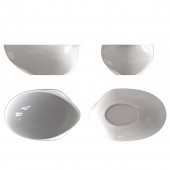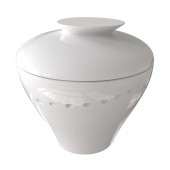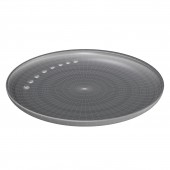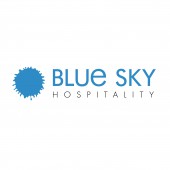BaoYu Fine bone chinaware collection by Henry Chebaane |
Home > |
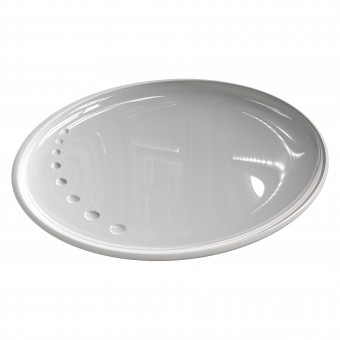 |
|
||||
| DESIGN DETAILS | |||||
| DESIGN NAME: BaoYu PRIMARY FUNCTION: Fine bone chinaware collection INSPIRATION: Bao Yu is a common Chinese name for the Abalone, possibly the most esteemed of seafood in all Asian cultures. It is a rare delicacy inside a simple shell, often served to honoured guests at banquets and celebrations in China, Japan and Korea. The Abalone was chosen as an homage to the amazing contribution in art, food and culture Western people have received from the Far East over centuries. UNIQUE PROPERTIES / PROJECT DESCRIPTION: Simple flexible set of multiple pieces that can be combined to serve Asian and Western food. Smooth organic shapes in plain white, gently calling for attention when empty on the table due to the play of shadow and lights of the asymmetric curve and embossed dimples. The flat curve can be customised with a single colour flat or metallic. The dimples can be used to display sauce in a light and elegant way, supporting the chef own imagination. OPERATION / FLOW / INTERACTION: Simple white shapes that are decorative on their own or provide a discreet backdrop to the food. System is modular so that with just a few pieces a complete menu can be served. Plates and bowls are stackable to 4-5 pieces high for ease of storage. PROJECT DURATION AND LOCATION: Project started in 2016 in London and currently prototyping in Japan FITS BEST INTO CATEGORY: Food, Beverage and Culinary Arts Design |
PRODUCTION / REALIZATION TECHNOLOGY: Fine bone china, some made by "jigging" rotational process and some by individual mould "casting" process. SPECIFICATIONS / TECHNICAL PROPERTIES: Flat and deep plates in 19cm, 23cm, 27cm, complementary bowls, cups and one teapot. TAGS: abalone, baoyu, bone China, tableware design, Asian design, tableware concept, ormer, seafood design, Asian tabletop, tabletop concept RESEARCH ABSTRACT: Interviewed two dozen people from China, Japan and Korea to obtain cultural insights about way of making and serving food, table service protocols, cultural importance of Abalone. Then collected real Abalone shells, made plaster casts, then line drawings, then digital wire frames for final 3D model and technical drawings for production. CHALLENGE: Very difficult to create shapes that are flat, curved and sometimes very deep..and come up with a commercially viable solution. This is now resolved according to manufacturers. ADDED DATE: 2017-04-03 06:04:25 TEAM MEMBERS (1) : IMAGE CREDITS: Blue Sky Hospitality PATENTS/COPYRIGHTS: Henry Chebaane |
||||
| Visit the following page to learn more: https://no link avaible | |||||
| AWARD DETAILS | |
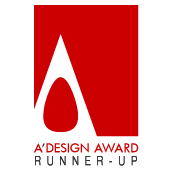 |
Baoyu Fine Bone Chinaware Collection by Henry Chebaane is Runner-up for A' Design Award in Bakeware, Tableware, Drinkware and Cookware Design Category, 2016 - 2017.· Read the interview with designer Henry Chebaane for design BaoYu here.· Press Members: Login or Register to request an exclusive interview with Henry Chebaane. · Click here to register inorder to view the profile and other works by Henry Chebaane. |
| SOCIAL |
| + Add to Likes / Favorites | Send to My Email | Comment | Testimonials |


